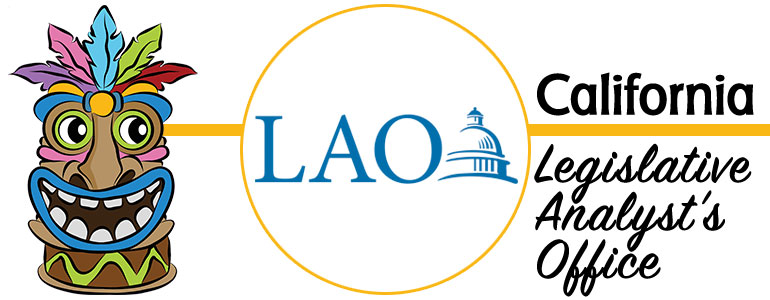
Our office will publish shorter, more focused budget analyses over the next few months. In most cases, rather than sending out an announcement for each publication, we will provide periodic updates with the key takeaways from recent pieces. All of our 2022-23 budget analyses to date can be found here.
The 2022-23 Budget: State Appropriations Limit Implications
The State Appropriations Limit (SAL) Will Constrain the Legislature’s Choices This Year. Based on recent tax revenue collection data, the state will face a significant SAL requirement—possibly in the tens of billions of dollars—at the time of the May Revision. The Legislature and Governor can address that requirement with tax reductions and/or with more spending on specific purposes, such as capital outlay. This year, the surplus likely will be large enough to cover those requirements.
Under the Governor’s Budget, the State Is Very Likely to Face Future, Serious Budget Challenges. In future years, however, it is very unlikely the surplus will be large enough to cover SAL requirements and the Governor’s budget spending proposals. Moreover, if there is a recession, the state would face budget problems due to revenue shortfalls. In this analysis we examined 10,000 possible revenue and economic scenarios and in over 95 percent of them, the state faces a budget problem by 2025-26 either due to constitutional spending requirements or a recession.
Options for Avoiding Budget Problems in Future Years. The Legislature has options to avoid budget problems from arising over the next few years. For example, it can delay paying SAL requirements (for up to two years), change the definition of subventions, and/or reject nearly $10 billion in Governor’s budget proposals and save those funds to meet future SAL requirements. However, all of these options are short-term remedies, not long-term solutions. Over the long term, the Legislature has two choices: (1) reduce taxes in order to slow revenue growth or (2) request the voters change the SAL.
